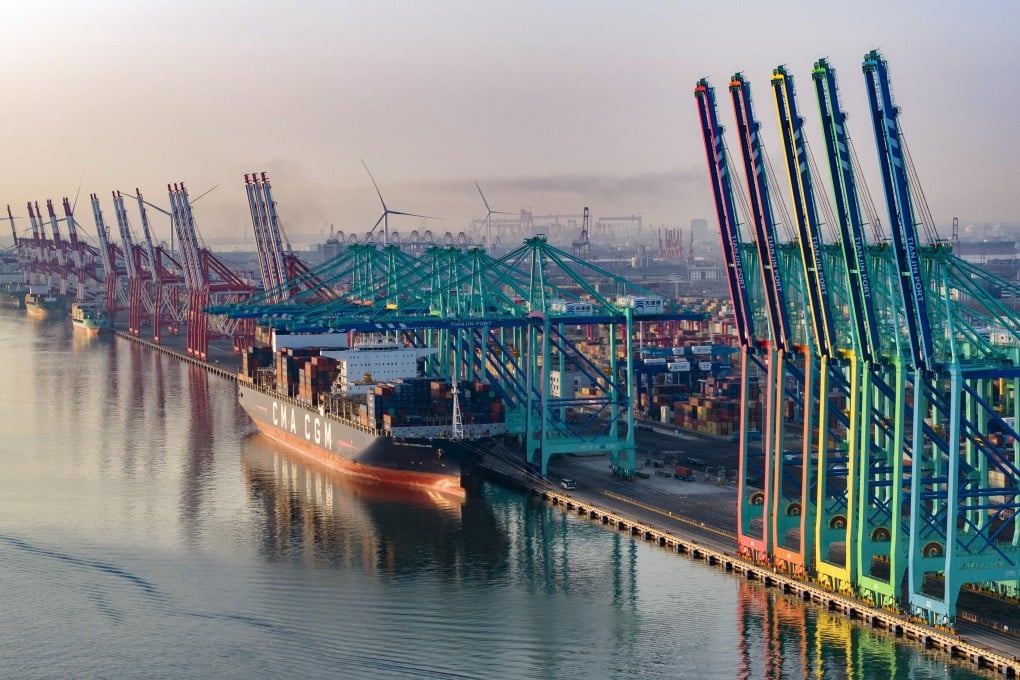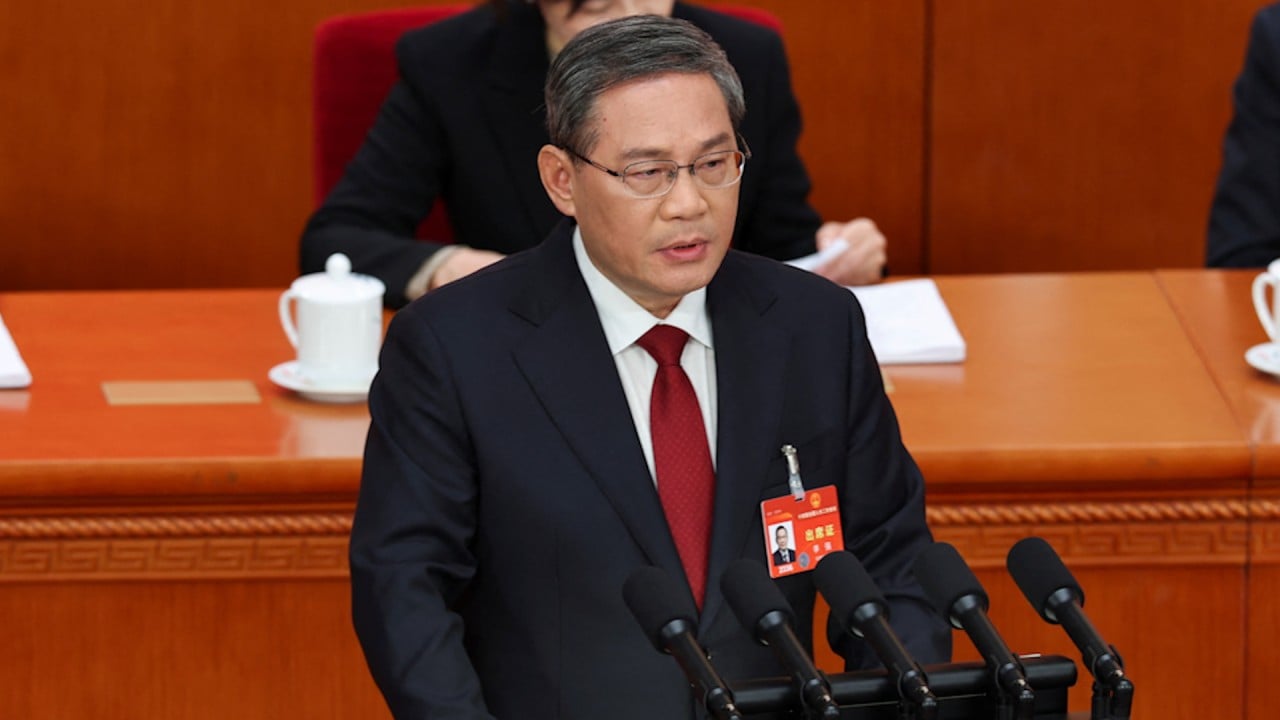China trade: shipments hit ground running in 2024, but hunt is on for new export stalwarts
- China’s exports rose 7.1 per cent in January and February compared to a year earlier, while imports went up 3.5 per cent, both well in excess of projections
- Country is relying on high-demand exports to fuel growth and fulfil targets, with premier vowing to bolster trade in his government work report

China needs more durable export commodities – cut from the same cloth as its innovations in new energy – to hedge against geopolitical pressures and sustain growth in 2024, analysts said, even with shipments beating market expectations in the first two months and a record trade balance on the books.
Exports rose by 7.1 per cent from a year earlier to US$528 billion in combined figures for January and February, and imports increased by 3.5 per cent according to customs data released on Thursday.
“China’s commodities imports are particularly strong, a sign that domestic demand is not showing a significant downturn,” said Ding Shuang, chief Greater China economist at Standard Chartered Bank.
“Net exports, which previously had a negative contribution to gross domestic product (GDP), are expected to reach around zero this year, and exports will at least no longer drag down economic growth in 2024,” Ding said.

